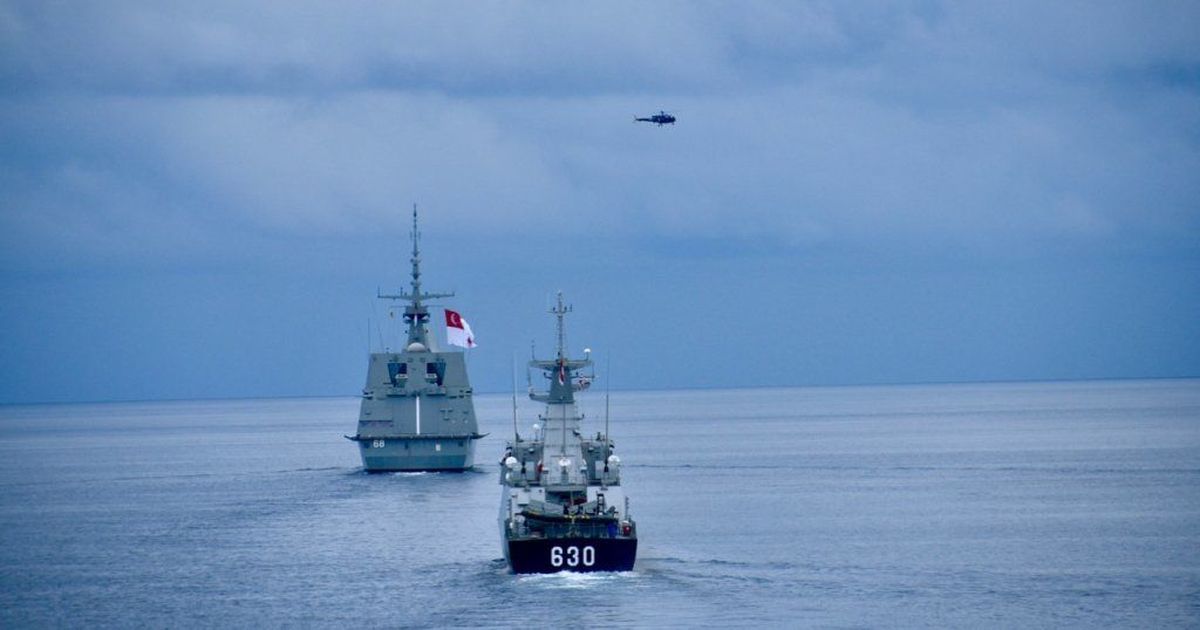Indian Navy played a key role in ‘deterring’ Chinese forces during border tensions: Vice admiral
Anil Kumar Chawla said that the Chinese aggression has given impetus to the Indian Navy’s plans to build on its strengths.

The Indian Navy played a key role in “deterring” the naval forces of China’s People’s Liberation Army and sent a message “unambiguously”, a top officer said on Thursday, The Indian Express reported.
Speaking to reporters onboard INS Shardul on the occasion of Navy Week celebration, Vice Admiral Anil Kumar Chawla, Flag Officer Commanding-in-Chief, Southern Naval Command, said: “In response to what happened on the northern border, the Navy did portray its deterrent capability at sea.”
The vice admiral said the Navy is “a silent service”, according to The Hindu. “Once you sail over the horizon nobody knows what happens, except those who have communication systems on the ships,” he continued. “The Navy did play a very important role in deterring the PLA at that time and the message has gone across to them very unambiguously that they cannot mess with us either at sea, or for that matter, on land.”
He also said that the Chinese aggression has given impetus to the Indian Navy’s plans to build on its strengths, operational capabilities, force-levels, partnerships, human resources and intelligence, reported The Indian Express.
Meanwhile, Navy chief Admiral Karambir Singh informed that currently there were three Chinese warships in the Indian Ocean region, which the country has been maintaining since 2008 for “anti-piracy patrols”.
“Whatever we are doing is in close coordination with the Army and the Indian Air Force,” Singh said, according to The Indian Express.
The vice admiral also said that INS Vikrant, India’s first indigenous aircraft carrier, which is under construction at the Cochin Shipyard Limited was expected to be commissioned in late 2021 or early 2022.
China and India have been engaged in a border standoff in the eastern Ladakh region since May. The tensions along the Line of Actual Control started with initial scuffles that led to a pitched battle – without firearms – in June that saw 20 Indian soldiers killed. Beijing, however, refused to release casualty numbers on its side. Both India and China have accused each other of crossing into rival territory and of firing shots for the first time in 45 years.









